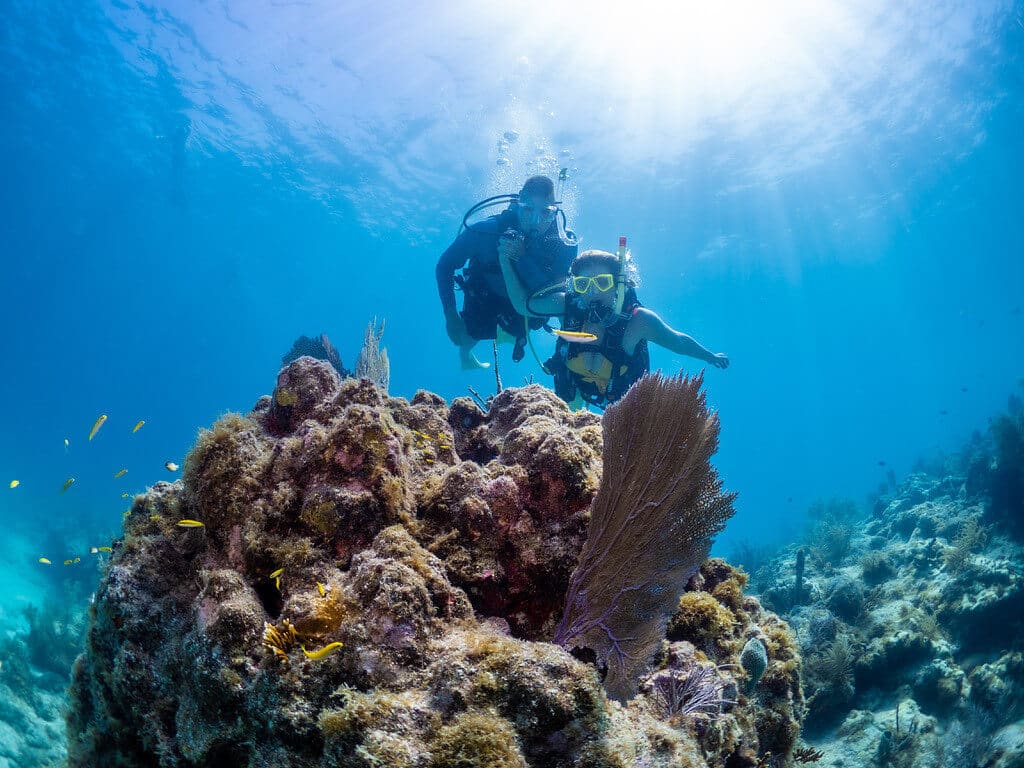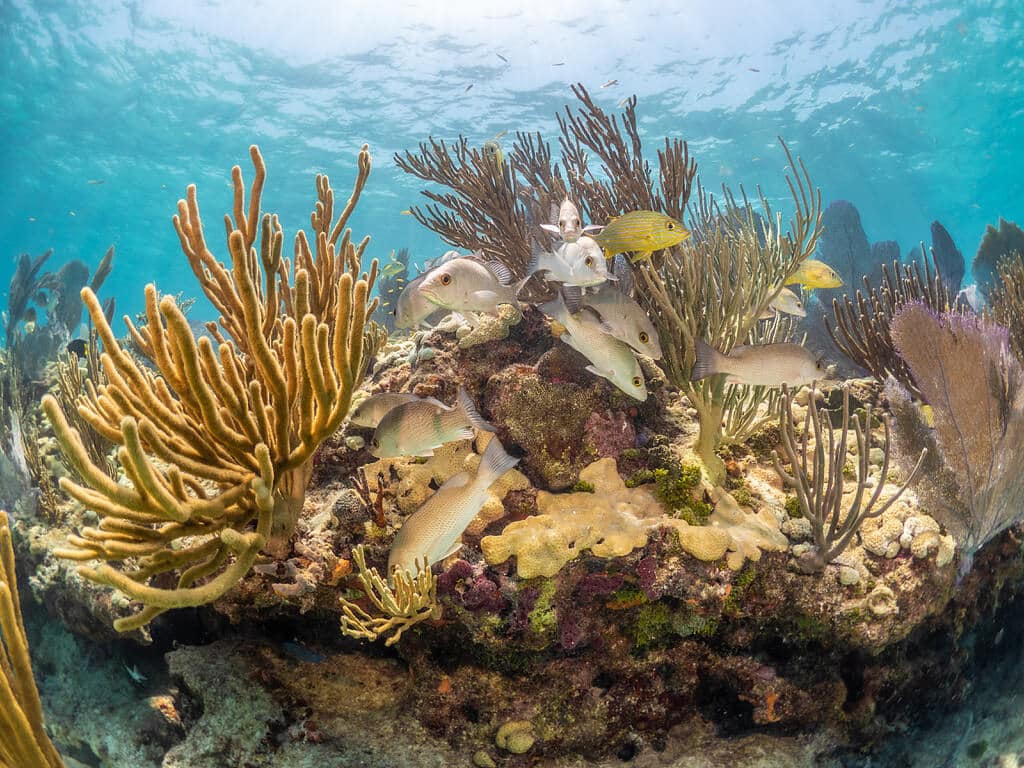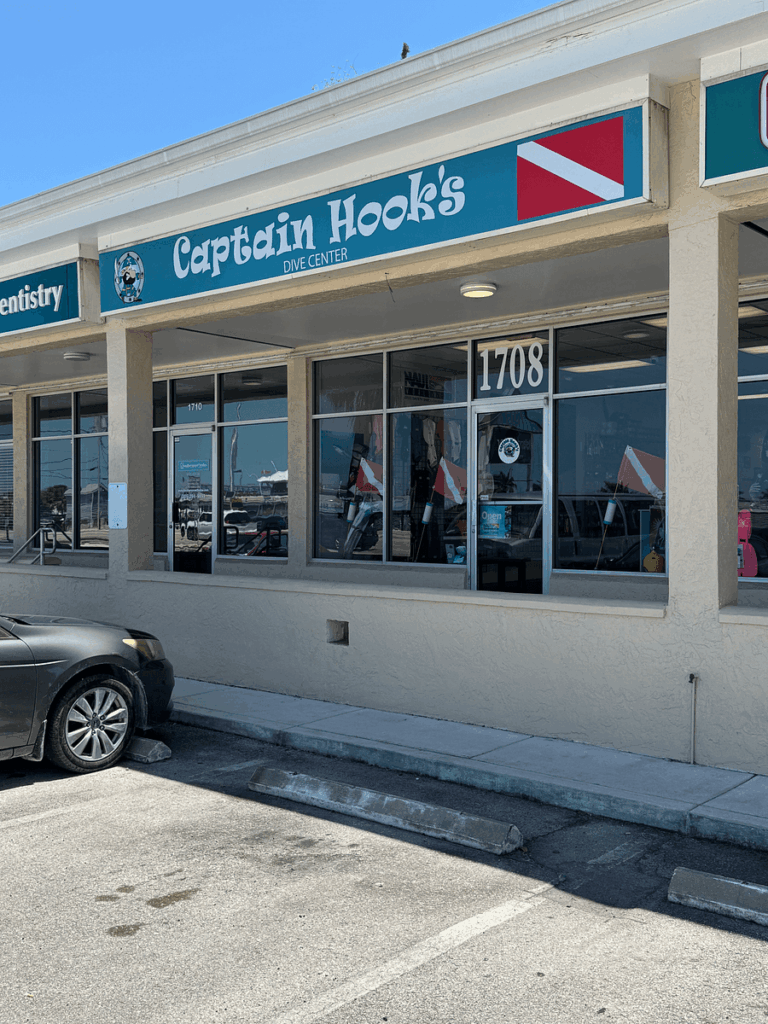If you’ve ever thought about slipping beneath the surface of those turquoise Key West waters, timing is everything. The best time to scuba dive in Key West isn’t just about chasing sunny days. It’s about nabbing the perfect mix of warm water, crystal-clear visibility, vibrant marine life… and avoiding surprise storms. In this guide, you’ll find a month-by-month cheat sheet on diving conditions, essential tips on where and when to dive, and a heads-up on unique marine creatures you’re likely to meet along the way.
Plus, as a crew who’s logged more than a few “wow” moments in these waters, we’ll sprinkle in some personal insights, gear suggestions, and must-know conservation moves so you get the absolute best experience out of every tank.

Understanding Scuba Diving Seasons in Key West
Let’s clear this up right away: May to October is often touted as the best time to scuba dive in Key West. Why? For starters, the water temperature hits its sweet spot, visibility often peaks, and the coral reefs wake up with bustling marine life.
But each season brings its own quirks and its own twists. For example:
-
May to October: Warmest water, best visibility, lively reefs.
-
November to April: Cooler temps, often windier, but fewer crowds.
Just be aware, weather and ocean conditions can shift quickly, especially from August through October (hurricane season!). Planning goes a long way.

Month-by-Month Breakdown of Diving Conditions in Key West
Wondering what actually changes throughout the year? Of course, these numbers are going to change on a day to day basis, so always check the conditions before you book a dive trip or head out on the water. Here’s a general overview of what each month can be at its best:
| Month | Avg. Water Temp (°F) | Visibility (ft) | Highlights | What to Watch Out For |
|---|---|---|---|---|
| January | 69-74 | 35-60 | Nurse sharks, winter rays | Occasional cold fronts |
| February | 70-74 | 40-65 | Calm seas, lobsters | Chilly mornings |
| March | 72-76 | 45-70 | Sea turtles, eagle rays | Windier days |
| April | 75-79 | 50-75 | Start of ideal conditions | Sporadic rain |
| May | 78-83 | 60-90 | Grouper season! | Rising water temps |
| June | 81-85 | 65-100 | Peak reef activity | Afternoon storms possible |
| July | 83-87 | 70-100+ | Excellent conditions | Hurricane season picks up |
| August | 85-88 | 70-100+ | Lobster season! | Increased humidity, hurricanes |
| September | 84-87 | 70-100+ | Topside is quiet, reefs full | Height of hurricane season |
| October | 80-84 | 60-90 | Milder days, fewer divers | Storm risk |
| November | 76-80 | 50-75 | Clear water, relaxed reefs | Cooler air, windy season |
| December | 71-76 | 40-70 | Jelly fish | Occasional cold snaps, snowbirds |
Weather caveat: August through October, always check forecasts before you hit the water.
Key Seasonal Marine Life Encounters
One of the best things about diving in Key West is that no two dives ever feel the same. Depending on the calendar, you might spot:
-
Summer (May-September): Green turtles, eagle rays, Caribbean reef sharks, countless tropical fish, Grouper season opens
-
Fall (October-November): Juvenile fish swarms, larger grouper, sometimes migrating pelagics
-
Winter/Spring (December-April): Spotted eagle rays, nurse sharks, lobsters, and the occasional dolphin pod
Pro tips for epic encounters:
-
Head out early morning for shy creatures like turtles.
-
Drift along deeper reefs when rays or sharks are most active (usually late summer).
Water Temperature, Visibility, and Weather Patterns
Water Temperature: What to Expect
Key West rarely disappoints here. From May through October, water temps hover between 78°F and 86°F. It’s comfortably warm, even for longer dives. In winter, water can dip down to the high 60s or low 70s, which feels brisk (especially on repeat dives). Deeper dives may require a wet suit.
Visibility Trends by Season
Summer and early fall often deliver the clearest water, sometimes over 100 feet of visibility! Winter can bring wind and the odd cold front, which stirs things up and drops vis to 35–60 feet in some spots.
Essential Weather Considerations
-
Hurricane season: Peaks August through October. Dive shops and charters keep a close eye on NOAA updates, but it’s wise to have a backup plan.
-
Ideal days: Mild wind, clear skies, and gentle tides set you up for a safe, dazzling dive.
How Weather Affects Diving Safety and Experience
You don’t want to mess around with the ocean during storm season. Sudden squalls or bigger surf mean it’s safer to reschedule than risk it. If bad weather moves in, listen to your dive operator and don’t be afraid to call a dive off. Dive shops in Key West excel at rapid weather assessment. Trust their judgment.
Crew Tip: Packing a small dry bag with sunscreen, extra towels, and a lightweight rain jacket never hurts. If you get seasick when it’s choppy, ginger chews and motion sickness bands can be lifesavers.
Recommended Dive Sites by Season
Top Dive Sites for Summer and Fall
1. Looe Key: A reef playground for tropical fish, turtles, and rays especially vibrant in summer’s warm water.
2. Vandenberg Wreck: A world-class artificial reef, thriving with barracuda and swirling schools when visibility peaks.
3. Joe’s Tug and Cayman Salvager: Wrecks transform into living mosaics of amberjack, snapper, and jacks from June to September.
Off-Peak and Winter Site Recommendations
1. Eastern Dry Rocks: Often boasts clear winter water and a chance to spot shy nurse sharks hiding in the sand.
2. Sand Key Light: Consistent water clarity, frequent sea turtle visits, and far fewer divers in the cooler months.
3. Rock Key: Good vis year-round. Winter sees fewer boats and a calmer, more meditative vibe.
Tip from a local divemaster we once dove with: Don’t sleep on the winter months. Clear water and a relaxed pace let you take in small critters and corals you’d miss in summer crowds.
Scuba Gear Recommendations by Time of Year
-
May–October: A 3mm shorty wetsuit or even just a swimsuit/rash guard works for most. The water’s like a bath, but a thin suit can protect against stings and scrapes.
-
November–April: 3mm full wetsuit keeps you comfortable for more than one dive. If you chill easily, bump up to a 5mm.

Frequently Asked Questions (FAQs)
What is the best time of year for clear visibility in Key West?
Early summer through September usually brings the clearest water. Viz can often be 70–100 feet or more.
Will I need a wetsuit to dive in Key West, and if so, how thick?
In the summer months, a wetsuit isn’t needed at all. In fall and winter, a 3mm or 5mm helps if you get cold easily.
Are there annual Key West diving events worth attending?
Yes! Don’t miss the Underwater Music Festival in July or the Lionfish Derby in late summer.
How does hurricane season impact scuba diving in Key West?
Diving is still possible, but trips may be canceled or rescheduled due to storms. Always check forecasts and have a backup plan.
What marine life can I expect to see when diving throughout the year?
Summer showcases tropical fish, turtles, rays, and sharks, while winter brings groupers, lobsters, eagle rays and more.
Are there conservation rules divers should be aware of in Key West?
Yes. Generally, there are no gloves on reefs, no touching or collecting, and always use reef-safe sunscreen.

Planning Your Dive Trip: Key Takeaways and Next Steps
Remember, the best time to scuba dive in Key West tends to be May to October for bath-warm water and lively reefs. Top summer sites like Sand Key and the Vandenberg shine brightest, but winter offers peaceful dives with a whole different cast of marine characters.
No matter the month, gear up for comfort, mind the weather, and dive responsibly so these reefs stay vibrant for years to come. Book your dive trip with local, eco-friendly Key West dive shop and consider mixing it up with both peak and off-peak trips. You’ll get a broader picture of what makes Key West special below the surface.
